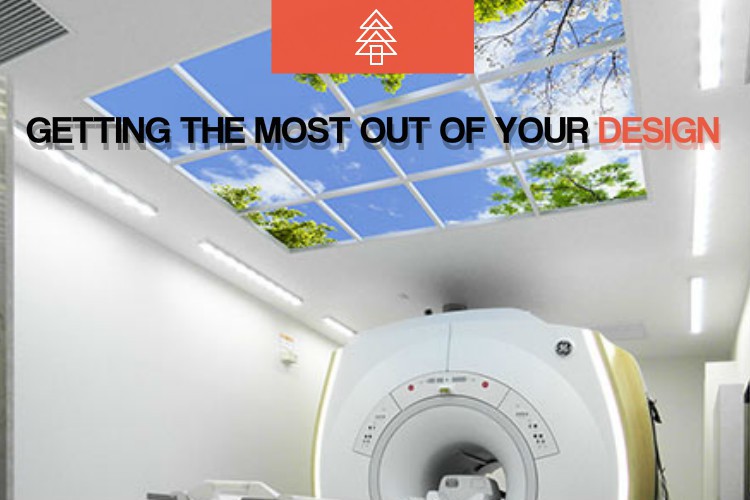Blog
Translating Research into Practice to Get the Most out of Your Design
 Evidence Based Research has led the way to Evidence-Based Design (EBD). It is the process of basing decisions about the built environment on credible research to achieve the best possible outcomes. Basically, in layman’s terms, it’s taking research that proves certain elements of design will effect the ultimate outcome or experience of those in the environment, and incorporating it into the design. Using Evidence Based Design will improve the outcome of the design.
Evidence Based Research has led the way to Evidence-Based Design (EBD). It is the process of basing decisions about the built environment on credible research to achieve the best possible outcomes. Basically, in layman’s terms, it’s taking research that proves certain elements of design will effect the ultimate outcome or experience of those in the environment, and incorporating it into the design. Using Evidence Based Design will improve the outcome of the design.
The Outcome
If EBD principles are applied in the design process, one can expect an improvement in the patient and staff well-being, patient healing, stress reduction and safely. An evidence based design should also result in improvements to the hospital’s outcomes, economic performance, productivity and customer satisfaction.
Design Examples
- Private Patient Rooms
- Decentralized Nursing Stations
- Access to Natural Light
- Artwork
- Gardens
- Ceiling Lifts
- Multipurpose Rooms
The Challenges
Translating research into practice doesn’t come without challenges. As a healthcare designer who is certified with an EBD credential (EDAC), it is my mission to develop a physical environment that helps to reduce patient stress, improve patient and staff safety, and help staff be more effective at their job. Using the EBD techniques will result in improvements to the hospital’s outcomes, economic performance, productivity and customer satisfaction.
Overcoming the Challenges
Because Evidence Based Design is relatively new and gaining popularity, my experience has been part of the transition of turning research into practice. There are toolkits and checklists that a designer can use to evaluate each healthcare facility, their needs, and the budget.
For the project to be successful, you need to effectively promote the idea to the administrators and all the stakeholders involved with the decisions.
Using Case Studies
Using case studies from other projects to show how similar facilities have benefited from using an EBD approach is probably the best way to promote the idea to the stakeholders.
Crunch the Numbers
It is very difficult to put together a convincing article of why a healthy portion of the budget should be spent on gardens, windows and artwork, but number don’t lie. Put together an estimate of the long-term cost savings and increased revenue that is expected as a result from incorporating the EBD techniques.
Highlight Unexpected Marketing
Demonstrate that using EBD techniques may generate unexpected marketing for the facility. Show the stakeholders past patient stories from other facilities that have be used in marketing and communications. Good reviews from patients and staff is probably the best way to gleam new business. And while we hate to think of patients as clients, they are.







